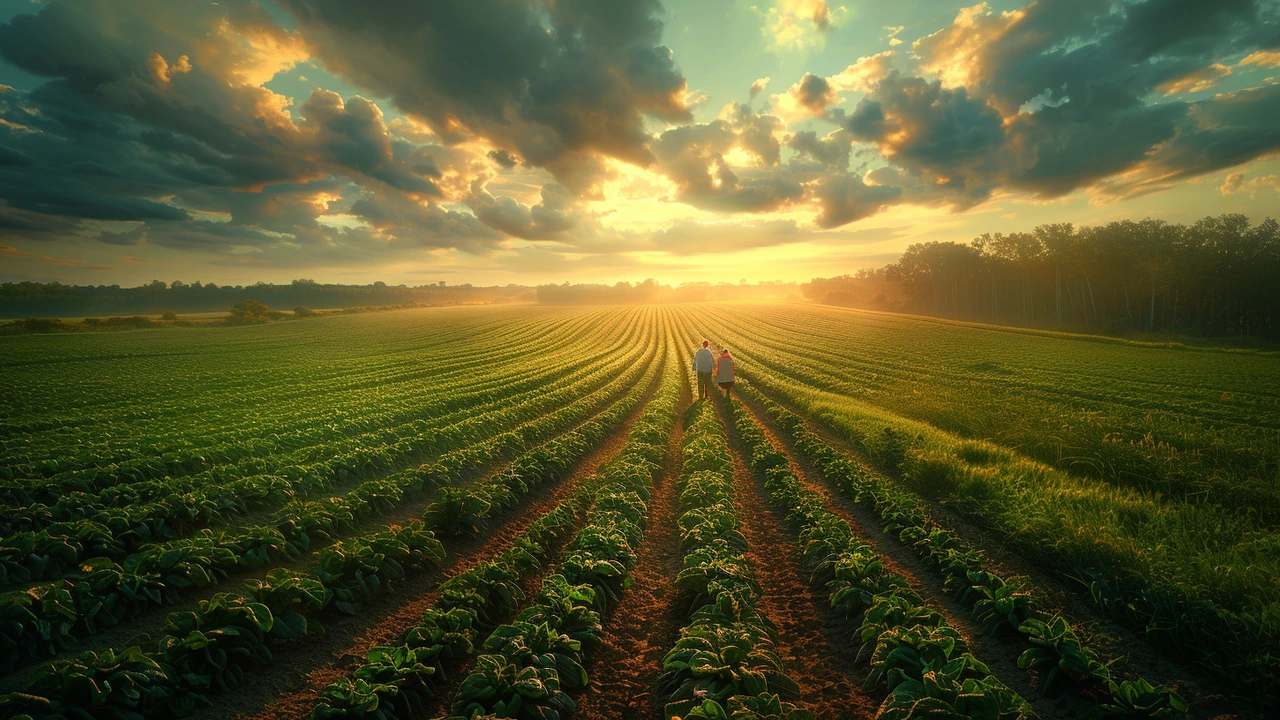Land Restoration: Reclaiming Our Earth for a Healthier Future
Land restoration isn’t just a buzzword; it’s a practical way to repair damaged environments and secure a better future for us all. Whether it’s degraded farmland, overused urban areas, or places hit hard by human activity, land restoration focuses on bringing the soil, plants, and ecosystems back to health.
You might wonder, why is restoring land so important? Well, healthy land supports food production, regulates water cycles, boosts biodiversity, and even helps fight climate change by capturing carbon. Without it, we risk losing fertile soil, clean water, and habitat for wildlife—all essentials for our wellbeing.
How Does Land Restoration Work?
It starts with understanding the damage. Restoration can mean anything from planting trees and grasses to fixing erosion, improving soil quality, or controlling invasive species. The goal is to rebuild natural processes so the land can sustain itself again. Techniques like planting native vegetation not only stabilize soil but also bring back wildlife that depends on those plants. Simple actions like reducing chemical use and preventing further degradation go a long way too.
Successful restoration isn’t a one-time fix; it’s often a gradual process that needs monitoring and adjustments. Local communities play a huge role here because they know the land best and can maintain the improvements long term. For example, farmers adopting sustainable practices can transform exhausted fields into thriving ecosystems.
Why It Matters to You and Your Community
Restoring land isn’t just for environmentalists—it benefits everyone. It creates healthier places to live, cleaner air and water, and can even open up economic opportunities through eco-tourism or sustainable farming. In areas around Cape Town and wider South Africa, land restoration projects help communities combat desertification and improve their food security.
Taking care of the land is basically investing in our health and future. Whether you’re a landowner, policymaker, or just someone who cares about the planet, supporting land restoration efforts means supporting resilience against climate extremes and creating greener, more productive spaces.
Interested in how you can help? Start small with local tree planting or support organizations working on bigger restoration projects in your area. Every patch of land restored is a step closer to a healthier planet.
IUCN Director General Advocates for Urgent Land Restoration on World Environment Day 2024
On World Environment Day 2024, the IUCN Director General underscored the critical need for land restoration to counteract deforestation and unsustainable agriculture. With 40% of global land degraded, restoration efforts like the Bonn Challenge aim to heal ecosystems and support vulnerable communities. A call to action was made for global dedication to reverse land degradation for climate resilience and sustainable development.

